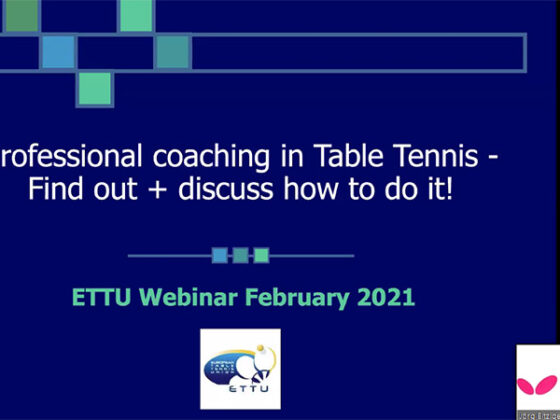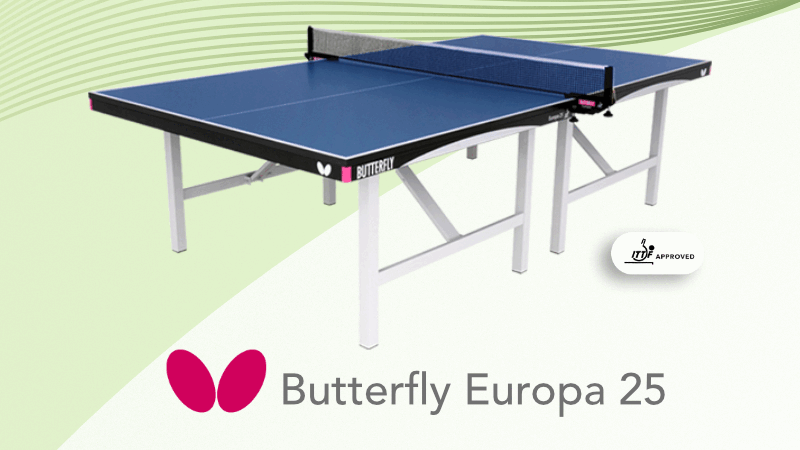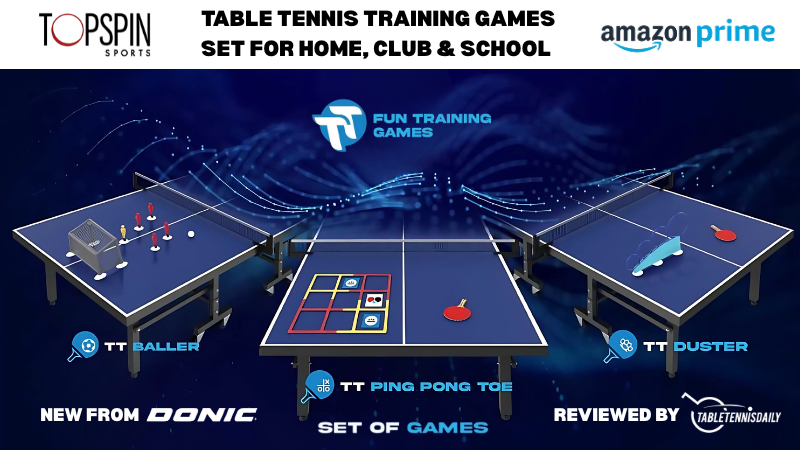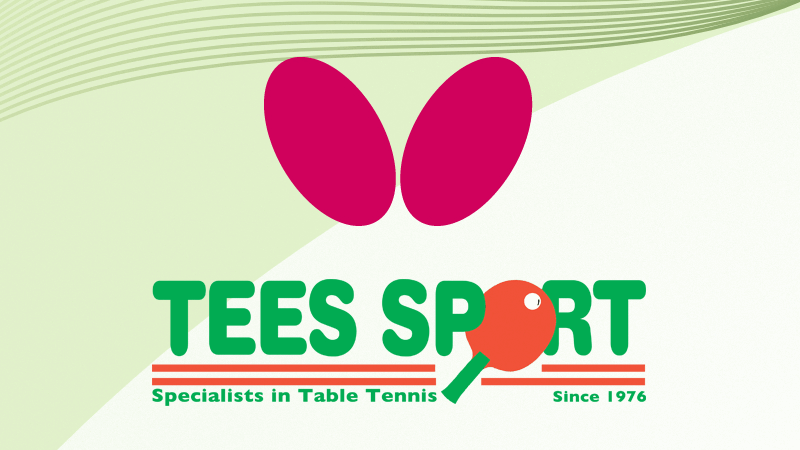Craig Bryant, Evie Collier and myself, Ryan Jenkins, attended the ETTU coaching seminar on February 22, alongside 175 participants from 42 nations.
The England coaches listened to former German national female coach and current USA Head Coach Jorg Bitzigeio for more than two hours about the aspects surrounding coaching and the relationships needed with players to reach the very pinnacle of the sport.
I’ve known Jorg for more than 20 years, first as an opponent at several German 2nd Bundesliga matches and then, in a different capacity, as a coach on the ITTF circuit. His playing style was unique for the time with very dangerous disguised serves and a huge forehand attack to follow up. On the backhand he would chop with long pimples. The style has become more visible in recent years with many defending players also attacking.
His elevation into the German coaching team as a young 20 year old was a bold step and something the Association must have seen in him at the time. To lead the German female team, who were not strangers to lifting the major European titles in team and singles, was a great honour for him until his move across the Atlantic to Colorado to join the USA set-up.
With those experiences in place, it was a captivating seminar which touched upon topics such as being an individual on your path. As the German team phrased it “There is more than one way to Rome!” Getting the best out of the player was also a theme throughout.
The main body of the presentation centred upon the importance of the coach/trainer and what the two different roles were. There is a clear difference, in Jorg’s mind, that there is a facilitator and a corner person at competitions (which is usually the same person with limited funding) but having the right roles for the right people. The coach needs to share memories with the players, both good ones and bad ones along the way.
As per usual, there was reference to the difference of coaching styles in Asia and Europe. There is a reward-based incentive in China that congratulates all the coaches who have worked with a player on his journey to World or Olympic champion. This doesn’t exist in Europe but Jorg thinks it would be a great step forward for player progress, aligned with coach recognition.
The other great difference highlighted was in Europe coaches co-ordinate and organise everything but in Asia the coaching team are left to do what they do best, which is coach.
The three coaching areas recorded in a player’s competing phase are as follows: a) before competition (looking at possible opponents and preparing tactics), b) during competition (how to coach in time-outs, between sets, between matches, across a number of days) and c) after competition (reviewing and analysing strengths & weaknesses). Jorg stresses the need for more time discussing things with the players but the hectic competition days seldom allow it in depth.
Finally, there were a few case studies with video content which allowed an insight into how Jorg thinks and works with his players. He emphasised not to overload players with words and tactics but to pinpoint the correct thing to say at the time. “You must know your players,” he said numerous times, both on and off court to see if they are in a good place and ready to compete.
His final sentence concluded his thought about how he can coach at times: “Sometimes a coach, doesn’t need to coach.” As we all know, less can be more . . .





